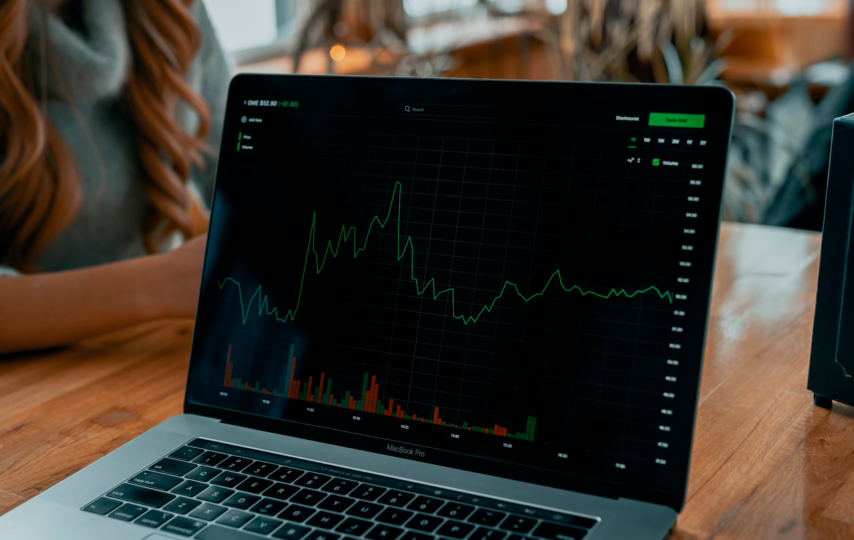Introduction
Nowadays, APIs are used everywhere. It is used to describe almost any web service which provides data or validates it. But what exactly is an API? It allows one software to communicate with another software. The are multiple forms of API, but in this article, we are referring to REST APIs (APIs consumed via a URL like a website but parsable via software)
There are many use cases for using an exchange rates API, and today, we want to show you just some good examples of it.
Display The Customers Local Currency
If you have an online shop of any sort which operates internationally, displaying the local currency of the customers is a great way to help them understand what they’re paying for.
Some exchange rate APIs like https://currencyapi.com can be used as part of this process by displaying the current exchange rate on your website or app so that users can see how much their money will be worth when converted into another currency.
Another benefit for you is that the customer feels more integrated into your shop as they do not have to calculate the price themselves.
Monitor Exchange Rates
Monitoring exchange rates is an excellent way to keep track of the market. You can use APIs to get real-time market data, so you’ll always know when an exchange rate changes and how much it changes.
This is especially useful if you have an e-commerce business that sells products in multiple currencies. This will help ensure your customers always get a fair deal on their purchases.
Get Real-Time Market Data
If you want to get real-time market data, there are a few types of APIs that can help. Different APIs provide information about the exchange rates in different time intervals:
- Minutely/Hourly/Daily Updated Data Sources
They are easy to implement, and most of the time, these types of data sources are enough for the use cases. - Streaming Data Sources
These data sources “stream” any change of the market data to your endpoints.
Most of the time, these are hard to work with and not worth the effort to implement.
Price Comparison Between Countries
Understanding how exchange rates function is critical. For example, if you want to buy something from China and the current exchange rate between your currency and the Yuan is 1 USD = 6 RMB, you would need 600 RMB to buy one item at that price.
However, if the identical item were sold in Hong Kong for HKD1 = 0.13 USD with a floating exchange rate of 1 USD = 7 HKD (Hong Kong dollar), it would cost only $0.93 or HK$8.
Significantly less than what it would cost on the Chinese mainland!
You could also compare the fluctuation of currencies inside one country to decide if it would be better to use currency A or currency B.
Currency Conversion Tools
Standalone currency conversion tools or widgets can use exchange rate APIs to provide accurate and up-to-date conversion rates for various currencies.
They can also use the historical endpoint display graphs for different time ranges, which makes visualization much more accessible.
There are multiple well-known currency converters that provide exchange rates for a wide range of currencies, as well as historical data and market analysis.
Economic Research and Analysis
Researchers and economists can use exchange rate APIs to access historical exchange rate data, enabling them to study trends, conduct analyses, and develop economic models.
Access to historical exchange rate data enables researchers to study trends and fluctuations over time. They can identify patterns and correlate anomalies in the currency market. This way, they can validate their theories and implement measures. Using real-time currency data, they can understand the impact on the markets and monitor political events or financial crises, and asses their effects.
Conclusion
Exchange rate APIs are a great way to get real-time data on the exchange rates between currencies. This information can be used to create visualizations, monitor market trends and compare prices between different countries.
Most exchange rate APIs have multiple endpoints for different use cases:
- Live currency data – the latest currency rate (sometimes even real-time)
- Historical currency data – the EOD (End-Of-Day) rate of currencies
- Range endpoints – a user-specified range of currency data.
- General information – List of all available currencies and some metadata for them
As you can see, Exchange Rates APIs are worth looking into!








